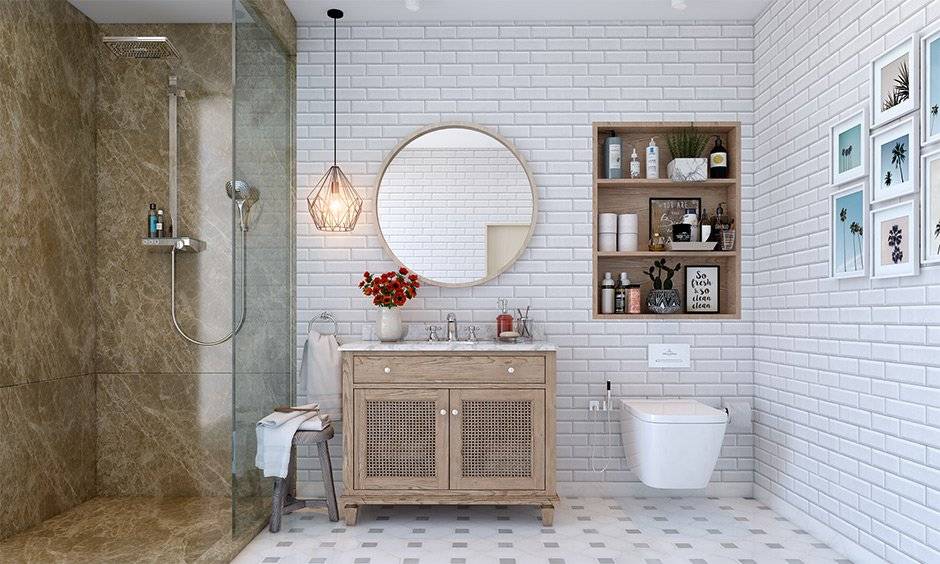
Exploring Toilet Flush Technology for Tech Aficionados
Share
In the intricate realm of plumbing, toilet flush technology tends to be a topic that even the most knowledgeable tech enthusiasts often overlook. However, this technology has undergone remarkable changes, primarily fueled by the pressing need for efficiency and sustainability. In this article, we will explore the mechanics and innovations surrounding the humble toilet flush, showcasing it as a modern engineering marvel.
The flush toilet can trace its origins back to ancient cultures, yet it wasn't until the 19th century that they became commonplace in households. Today, gaining insight into toilet flush technology is essential for anyone interested in technological progress and environmental responsibility. By dissecting the evolution and current trends in toilet flush systems, we can better appreciate how this daily necessity integrates sophisticated technology aimed at enhancing water efficiency and improving user experience.

The Evolution of Toilet Flush Technology
The development of toilet flush technology commenced with the straightforward yet effective gravity-flush system, which uses gravity to facilitate the flushing process. Despite its simplicity, this system is still prevalent in many homes today. However, the ongoing pursuit of improved water efficiency has led to the invention of more sophisticated systems.
A notable advancement was the creation of the pressure-assisted flush system, which employs compressed air to augment the force of the flush, requiring less water per use. This innovation is a shining example of how technology can elevate even the simplest daily tasks. For a closer examination of high-efficiency toilets and their water-conserving benefits, check out this article on high-efficiency toilets.
Innovations Shaping Modern Toilets
Recently, the spotlight has turned to smart toilet technology, which incorporates digital features for a more personalized and efficient user experience. Smart toilets come equipped with sensors that detect when a user has finished and automatically flush, optimizing water usage. Additional features, such as heated seats, built-in deodorizers, and Bluetooth connectivity, are becoming increasingly common.
Another exciting development is dual-flush technology, allowing users to choose a flush option based on the type of waste. This mechanism offers a full flush for solid waste and a reduced flush for liquid waste, promoting further water conservation. If you're interested in DIY water-saving techniques, this DIY guide contains valuable tips.
Environmental Impact and Sustainability
With the global population on the rise, the need for sustainable water management solutions is more critical than ever. Toilet flush technology is instrumental in curtailing water usage. According to the Environmental Protection Agency (EPA), toilets account for nearly 30% of indoor water consumption in an average home. By embracing high-efficiency toilets, households can significantly reduce their water footprint. For additional insights into home water conservation, visit Woodlands Water.
Many contemporary toilets are designed in compliance with WaterSense standards, a program initiated by the EPA to encourage water efficiency. WaterSense-certified toilets consume 20% less water than standard models while maintaining performance. Transitioning to these environmentally friendly options not only benefits the planet but also lowers utility bills.
The Future of Toilet Technology
Looking forward, toilet technology is set to advance further, with innovations concentrating on user convenience and environmental impact. Concepts like self-cleaning toilets, which utilize UV light or electrolyzed water for sanitation, are currently under development. The integration of artificial intelligence could also foster toilets that learn user preferences and automatically adjust settings.
The demand for sustainable solutions is bound to continue driving innovation in toilet technology. As awareness of environmental impacts grows, so will the need for efficient and eco-friendly options. To delve deeper into switching to water-saving toilets, visit the Sanitary Supply Association.

FAQs
1. What is the most efficient toilet flush system?
The most efficient toilet flush systems are those that meet the EPA's WaterSense standards, including dual-flush and pressure-assisted systems. These designs are engineered to significantly reduce water usage without compromising performance.
2. How does a smart toilet work?
Smart toilets feature sensors and digital functions that enhance user experience. They can automatically flush, heat the seat, and even connect to other smart home devices, making them both convenient and water-efficient.
3. Why is dual-flush technology advantageous?
Dual-flush technology provides two flushing options: a full flush for solid waste and a reduced flush for liquid waste. This versatility allows users to conserve water by selecting the appropriate flush for the situation, effectively minimizing water consumption.
This article contains affiliate links. We may earn a commission at no extra cost to you.
